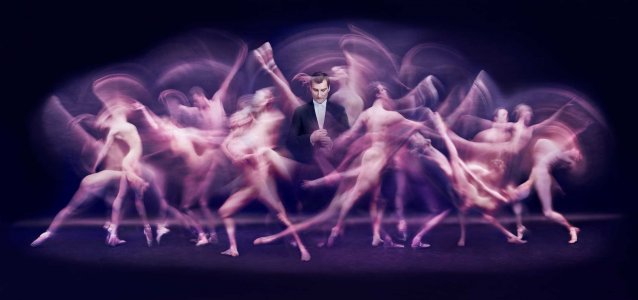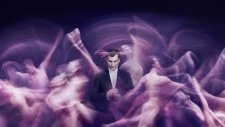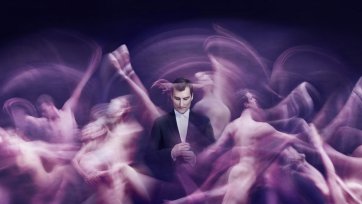, 2018 David Rosetzky. © David Rosetzky
For his portrait of singer, songwriter and actor Jessica Mauboy (b. 1989), David Rosetzky wanted to capture her energy, optimism and authenticity using a double exposure image. 'We talked about this idea of chaos and stillness and how she manages to stay quite centred within herself despite the crazy lifestyle … so with one of the layers of the images, she'd be quite still and looking directly at the camera and then with one of the other layers, she was doing more movement.' Mauboy enjoyed the collaborative nature of the sitting, as she recalled: 'just having a bit of a play, having a bit of movement, really creating those layers of personality … being strong, being loving to yourself and kind, but also being wild.'
Mauboy is a descendant of the KuKu Yalanji nation of Far North Queensland. In 2006, at the age of 16, she captured national attention as the runner-up on the television program Australian Idol. Since then, she has achieved music sales over 3.3 million units, five top 10 albums, 15 top 20 singles, four platinum selling albums and two ARIA Music Awards. She has also appeared in the films Bran Nue Dae (2009) and The Sapphires (2012). In 2015 she became an ambassador for the Indigenous Literacy Foundation, and in 2018 she was named an Australian tourism ambassador and represented Australia at the Eurovision Song Contest.

















